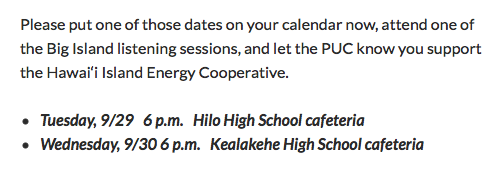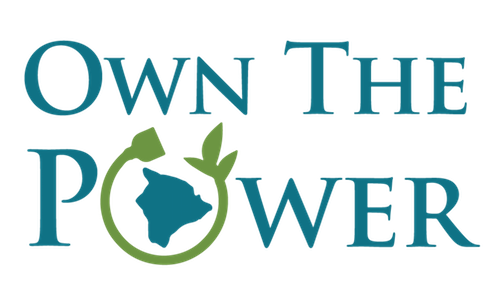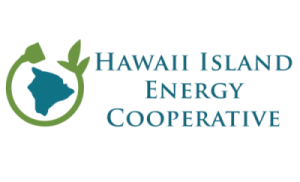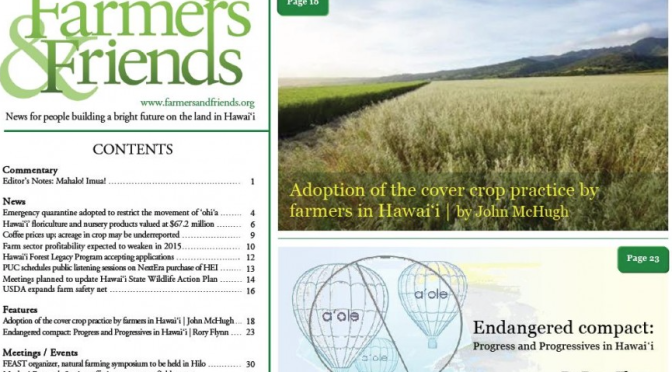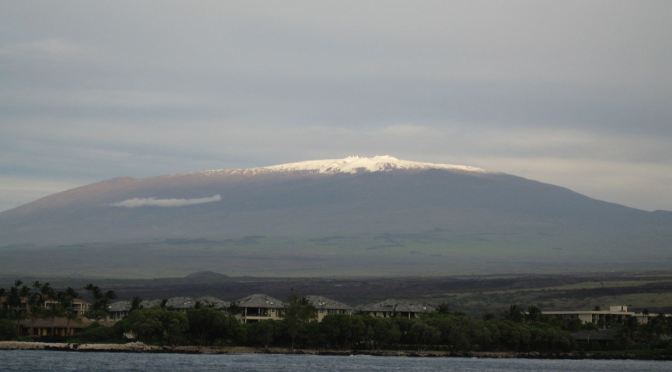Some Thirty Meter Telescope protestors are writing angry comments saying I’m too military-minded, and I’m inciting violence up on the mountain. You can see them after this post. What I don’t understand, they write, is that they’re all about kapu aloha. It’s all about peace.
I remember being that age. I was invincible, and smarter than my parents back then.
Listen, I’ve been around for a long time. I’ve been there and done that. I don’t have anything against conviction, or fighting for what you believe in. I like all the energy, to be honest. I have a lot of energy, and I fight for what I believe in, too.
But I am against doing it in an unsafe situation.
Strategically it would be much smarter for the protestors to move their protest off the mountain and onto the flats. Then they could bring in as many people as want to be involved. They would not inadvertently get into a situation where someone – a loose cannon they don’t know who’s from somewhere else, maybe – causes a situation that goes very wrong because they are in such an unforgiving landscape. Loose gravel. Steep grades. Boulders.
It’s all about terrain. When the government looks at the situation on the mountain, they have to look at the road and the safety issues. It all comes into play, and to pretend it doesn’t is naïve.
If they were on the flats, no matter what the Supreme Court rules, the protestors could still protest. But if the Supreme Court rules in favor of the TMT and the protestors continue to hold their ground on the mountain and someone gets hurts, they’re going to look especially bad and people are going to get really angry at them.
There’s another issue now, too. Once I asked Lanakila, one of the spokesmen for the protestors, why the TMT protestors align themselves with the Kingdom of Hawai‘i. He told me they use the kingdom as a tool. He said those exact words: “as a tool.” What that told me was that it wasn’t about ethics. It was about the end justifying the means.
Now one of the kingdom’s kings has sent a letter to the governor and law enforcement agencies, as well as to the White House. It reiterates a message from a letter he’d previously sent, threatening to send marshals with weapons up to protect the protestors on the mountain:
If you truly are not willing to engage in negotiations to settle this matter, I am contemplating the deployment of my Marshals to Mauna a Wakea and Haleakala to support and protect my people from unlawful arrest and harassments by State law enforcement officers under your authority or the authority of State agencies. My Royal Marshals are Federal Officers of the Kingdom sworn to uphold and protect the Kingdom Constitution and Laws and the Orders of their King. Their protective services would be called upon to respond to violations of Treaty Law, the Laws of Nations and International Law, and to enforce domestic Kingdom Law.
The Royal Marshals are professionals holding the authority and power issued by me to carry side arms and other weapons to enforce the laws of the Kingdom of Hawai’i. Enforcement includes making lawful arrests to which the arrestees will stand accountable to the proper jurisdiction within our Courts. Anyone acting in violation of treaty law will be subject to arrest and prosecution within the Kingdom.
There’s no clear leadership in that protest. Who’s running that ballgame up there?
The bottom line is that the TMT is going to be built. The protestors are unwilling to compromise, which is hard to respect. They have no leadership, which I do not think is wise. And now there is a threat of someone coming in with weapons, which will always hang over their cause.
I mentioned before that, early on, when I was up on the mountain for a TMT ribbon-cutting ceremony, the protestors surrounded us in an L-shaped military ambush, and that never should have been allowed to happen.
Most of the people practicing kapu aloha on the mountain probably don’t know much about the military, but if the government ever called in assistance on the mountain, you better believe that sort of thing would be noticed. And whether intentional or not, it would make armed guardsmen nervous. That’s only one example of the sort of thing I hope never becomes an issue, and another reason I hope the protestors move their protest off the mountain.
Vietnam is where I learned basic military principles. Any Army or Marine veteran knows what I am talking about. There were three infantry companies in the valley we were in, and every so many weeks we’d rotate up to this firebase for about a week. It was up high, overlooking the valley with artillery to support the infantry companies. We could see all around in every direction.
I was 27 and it felt like R & R to us when we were up at the firebase, but it wasn’t. One day when we were up there, I was talking to the Colonel and he got all over my case because I wasn’t wearing my steel helmet. I got really irritated, but I had to swallow it because he was the Colonel.
Now I look at what’s going on up on the mountain and realize I’ve grown up. Somehow, I’ve become the one who sees the possibility of danger when the young, invincible, ones don’t. I’ve become the one who wants the young kids to wear the steel helmets so nobody gets hurt. This is what kupuna do.
